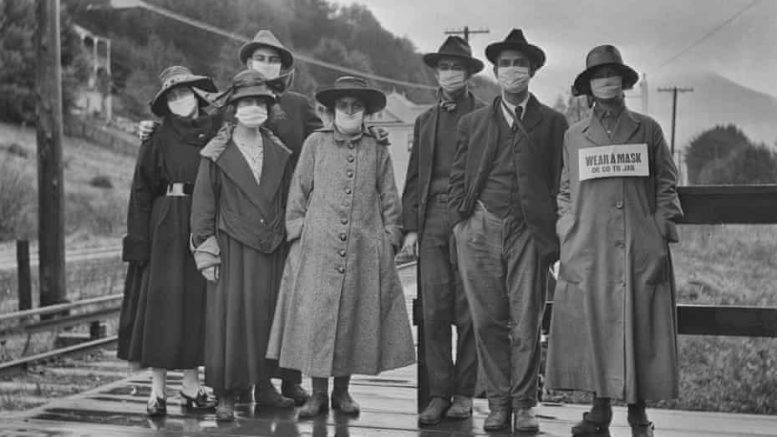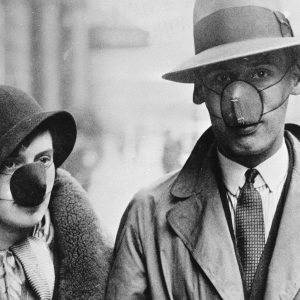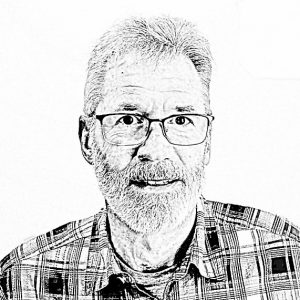Is it time to celebrate Victory over Covid Day (VC Day)? The country (as well as the rest of the world) is coming out of a pandemic that has impacted all of us in profound ways. Some have lost loved ones, some have suffered from anxiety and emotional disorders, and all of us have seen impact to the economy.
When considering the post-pandemic economy, perhaps we can look to Post–World War I, coupled with the 1918 Spanish Flu, as well as post–World War II for precedence. This is the second part in a series of two editorials. In the previous article, we looked back at the state of the country during both the First and Second World Wars. This article will look at comparisons post–WWI and WWII to a post-COVID economy.
Comparisons: Post–WWI/Spanish Flu and WWII to Post-COVID
Obviously, the production requirements to support two world wars were a significant driver in developing a strong economy and keeping workers employed. After all, isn’t support of a war effort nothing more than a huge government program?
War doesn’t produce a product for the general public but requires a significant number of resources and employs many people. This article does not advocate increased government spending or finding a reason to go to war but must recognize that these programs do have a positive impact on employment.
Prior to the start of the 2020 pandemic, an argument can be made that economic health was on par with what was experienced post-WWII. The stock market was growing, unemployment was near record lows (not as low as WWII, 1943), and most American families were doing pretty well.
During the pandemic, actions taken by the government to “slow the spread,” shutting down many parts of the economy, in particular businesses deemed to be “non-essential” and the hospitality/restaurant/personal services industries, caused in some cases irreparable harm to businesses.
Efforts to offset the impact (such as large stimulus packages and expanded unemployment benefits) had a positive impact but also created problems. For example, unemployment benefits for some workers were higher than their wages prior to the pandemic. Unlike post-WWII, when servicemen and -women were reentering the work force, post-COVID many have elected not to return, especially to the jobs they held prior to the pandemic. This is not to say that the reasons for staying away are necessarily invalid or inappropriate.
In the 1950s, it was not uncommon to have single–wage earner families. One spouse stayed home and raised the children while the other spouse worked a full-time career outside the home. Today, many Americans have developed a lifestyle in which, either out of desire or financial needs, both partners have full-time careers. Since child care (schools and daycares) were closed in response to the pandemic, many families had to make a choice to have one parent stay home to care for children.
In other cases, health concerns kept people from returning to work. In still others, the positions that were available prior to the pandemic do not exist, as some businesses didn’t survive or are still dealing with supply chain issues as a result of COVID closures.
Even so, like post-WWII, there is pent-up demand. Americans want to return to “normal.” They want to spend money on goods and “experiences” like travel and vacations. There is a strong market for automobiles; however, supply chain issues continue to plague new vehicle production.
Americans have money to spend, either as a result of delayed expenditures or as the result of government stimulus money. I suspect that spending will continue to grow. However, I also suspect that there is a day of reckoning coming that we need to be prepared to handle.
Post-WWI, the US government printed money to pay for the war effort as a way to avoid raising money through taxation. The consequence of printing money is usually inflation, as was experienced in the early 1920s. Similarly, the government essentially printed more money to provide the trillions of dollars of economic relief that was consumed during the pandemic. People who needed the money to survive spent. Some used the money to bolster savings, not putting the money back into the economy. Have you noticed that the price of goods is increasing? A visit to the grocery store, gas station, or home improvement store should be an eye opener. Prices are rising, inflation has begun.
Our Response—Individually and as Businesspeople
There are a lot of smart business analysts and economists who will share their opinions regarding solutions and remedies to drive a healthy economy. Unfortunately for you, the author of this article is not one of those individuals. The economy is a complex system that is influenced by many variables. Most of those variables are outside the control of any individual. However, I do have some thoughts on actions you and I can implement.
Individually—We need to prepare for what’s bound to come. We should expect that taxes will increase, either directly via tax levy increases or via increased prices, which lead to more spending for the same goods and more taxes collected. We need to be careful about overextending ourselves and not getting ourselves into large amounts of debt as undoubtedly interest rates will eventually rise. Spend but spend wisely.
Businesses—Look for ways to be more efficient and use financial resources wisely. Find ways to keep people employed and earning a good wage. Taxation is a reality. The more taxpayers there are, the more the costs are spread, essentially lowering everyone’s burden. Find ways to invest domestically. Invest in one another and look for ways to expand each other’s businesses. Treat this time like a war effort, rationing where appropriate, spending to develop—and recognize that this will be a long haul.
Bear in mind, the economy was healthy when the pandemic began and should be able to return to the health we previously enjoyed. I believe to enjoy a long-term healthy economy, businesses must grow organically, where true demand and supply balance, a form of laissez-faire economics where there is minimal interference from the government.
Although the government effort to pull the US out of the Great Depression proved effective, those kinds of efforts also come with a cost that eventually must be reconciled. This statement may cause heartburn for some readers. Unfortunately, there isn’t sufficient room for a lengthy exposition on this subject. Perhaps this could be explored more in depth in a future article? As always, feedback is welcome as we all learn and go through these times together. But for now, I hope we can celebrate a milestone of VC Day and that we all experience a thriving economy soon.
–
Paul V. Kumler, P.E., is president and founder of KTM Solutions, an engineering company that services the aerospace and large-scale manufacturing industries. KTM Solutions designs and builds custom machines and “tooling” (jigs, fixtures, below-the-hook lifting systems) supporting a broad clientele and various industries. (www.ktmmechanical.com) The company is headquartered in Greer, South Carolina, with a remote office in Charleston, South Carolina. Mr. Kumler serves in several volunteer roles including the SC Aerospace Advisory Board. Mr. Kumler, a professional engineer, is licensed in Louisiana, South Carolina, Texas, and Washington. He is married to Ginger A. Kumler. Together, they have two grown children and three grandchildren.






Be the first to comment on "Celebrating VC (Victory Over COVID) – Part 2"